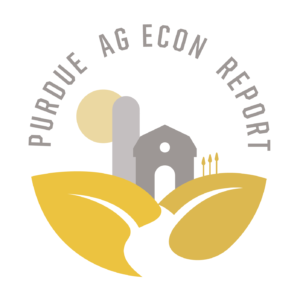Food Price Inflation Remains in Check
December 13, 2015
PAER-2015-14
Corinne Alexander, Professor of Agricultural Economics
Food shoppers are seeing a period of below average food price inflation, with overall food price inflation averaging about 2.0% in 2015, which is at the bottom of the normal range between 2.0 and 3.0%. One major driver of the low food price inflation is the strong U.S. dollar that has several impacts: 1) food imports are much less expensive and this is evident for fresh fruits which are down between 1% to 2%; 2) exports of U.S. agricultural products are slowing which increases domestic supplies and puts downward pressure on prices. A second major driver of low food price inflation is ample global inventories for major cereal crops due to a favorable growing season in the United States and globally. Favorably high crop production and low feed prices lower prices for cereals and vegetable oils. In addition, lower feed prices are stimulating livestock expansion thereby helping to moderate retail animal product prices.
In October 2015, overall food price inflation was up 1.6% over the last year. Food price inflation is composed of expenditures at the grocery store and restaurants. Grocery store prices are much more sensitive to commodity prices. As of October, grocery store price inflation was a very low 0.7%, which reflects the lower prices for cereals, some of the meats and fresh fruits. Restaurants price inflation was much higher at 2.9%, which is being driven by wage pressures since labor is the largest cost for restaurants.
Turkey and eggs are two notable food items that have had much higher prices this year due to supply challenges from avian influenza. By contrast, retail chicken prices are down about 1% on record domestic supplies because while avian influenza had a limited impact on chicken flocks, many countries instituted import bans on U.S. chicken due to the disease concerns. In addition, the pork sector is also experiencing deflation with retail pork prices down about 4% as the sector has recovered from the 2014 PED virus. While the beef sector is in an expansionary phase, consumers are seeing lower inflation for beef at the end of 2015 because of competition from the lower prices of both chicken and pork. Retail beef prices recently have only been about 1% higher than year-ago levels.
